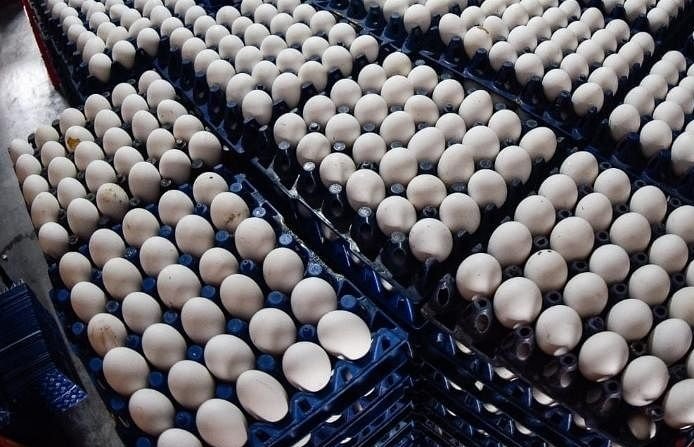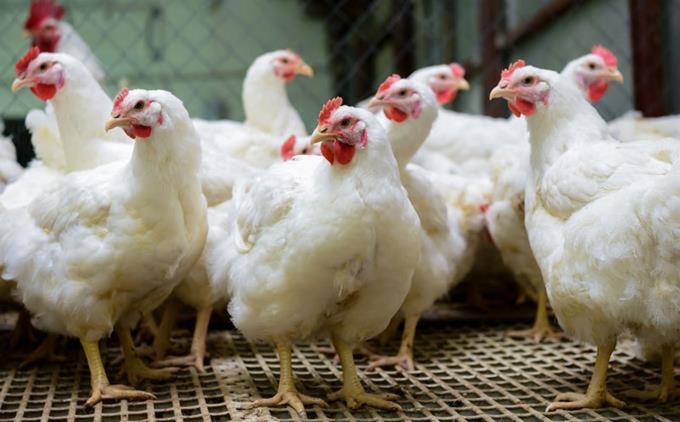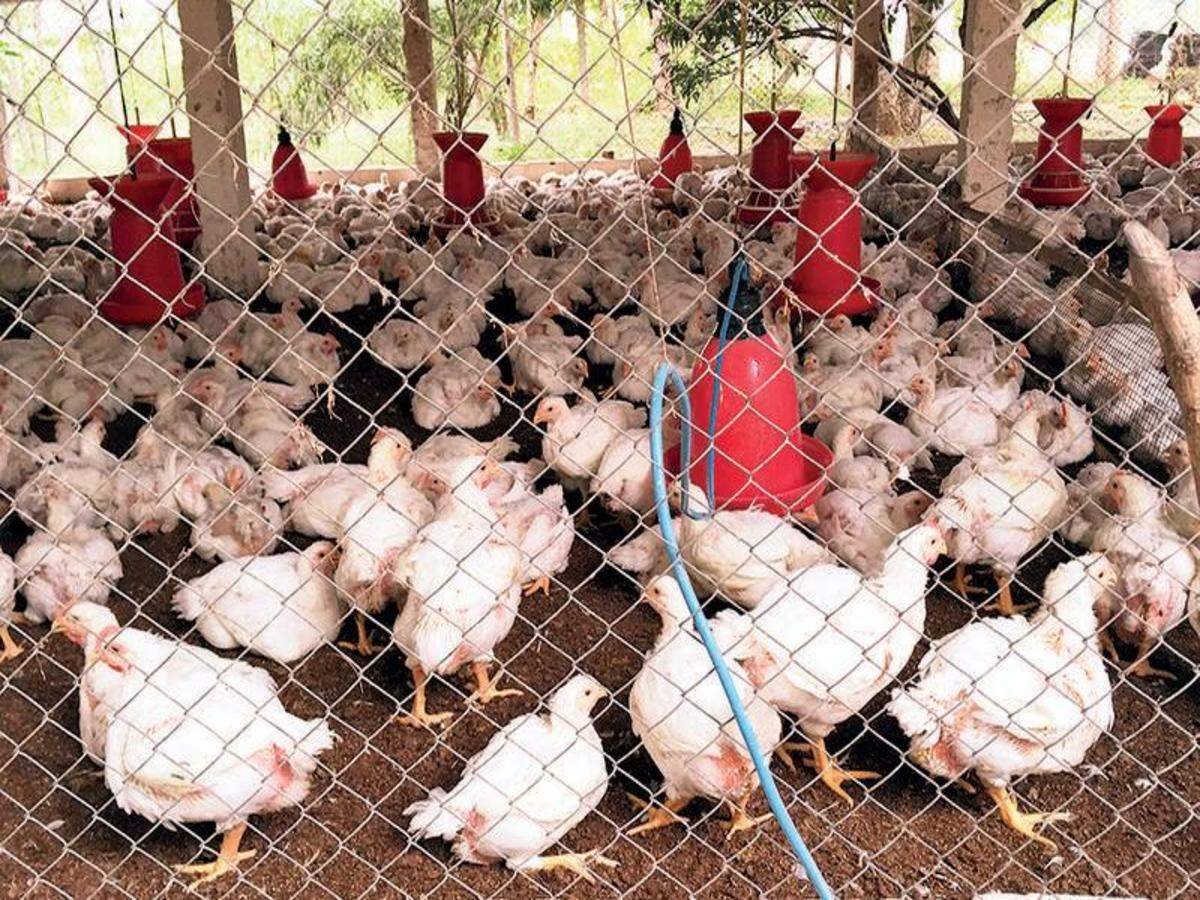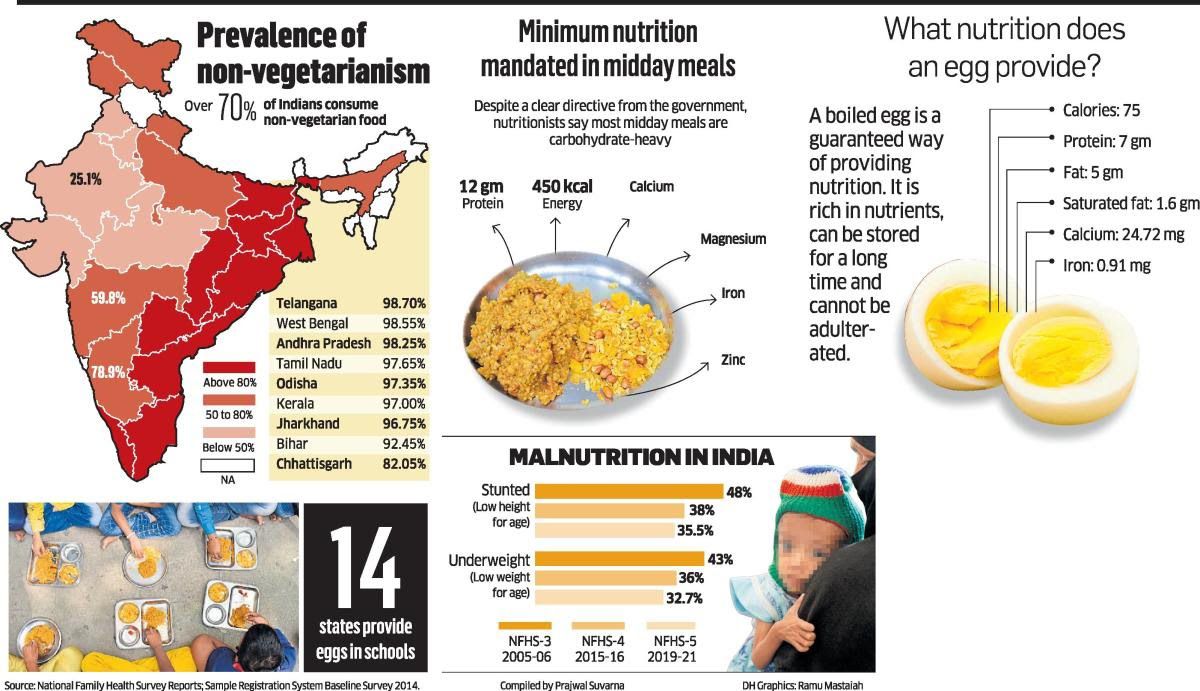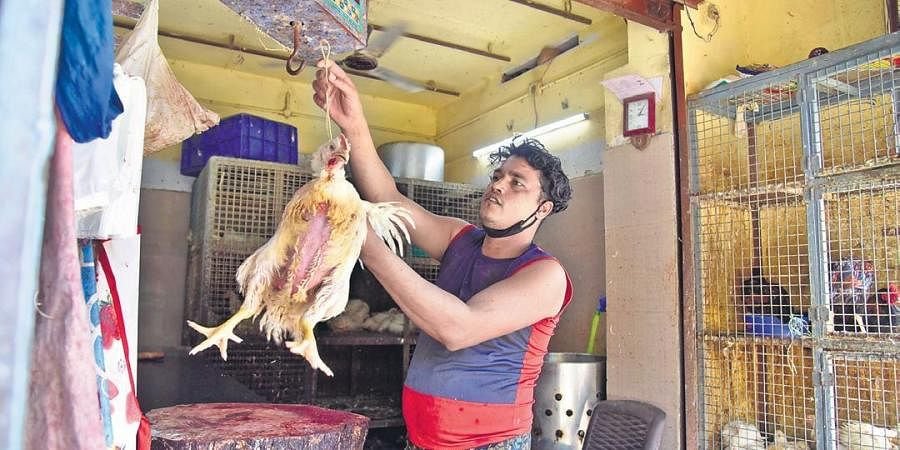Meat and poultry prices in Gujarat may continue soar for a few months
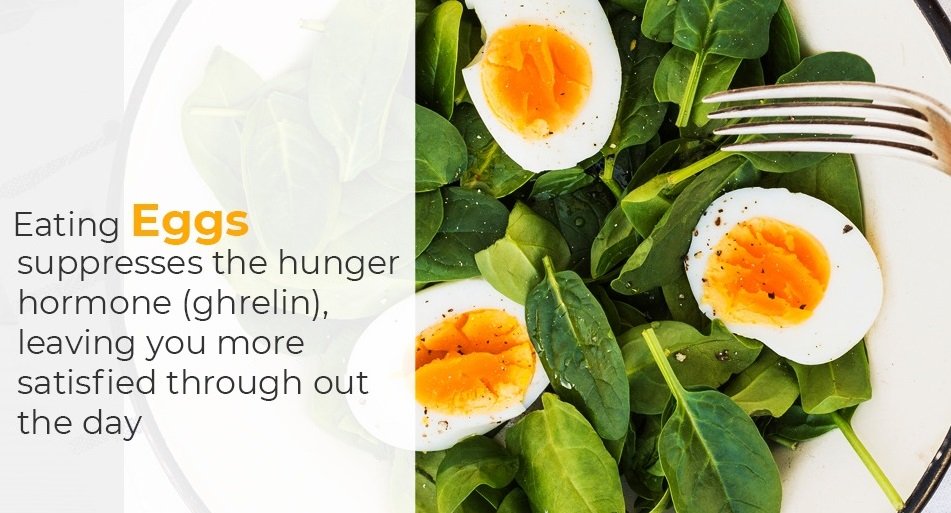
Despite a phased easing of restrictions, after months of a nationwide lockdown starting March, the prices of meat and poultry in the state have remained elevated and out of reach of the poor over the last six months. Combined factors, like rising fuel and labour costs, curbs on transportation, financial losses due to the lockdown, and reduced production, might continue to keep the prices high for a few more months, experts say.
From about Rs 150 per kilo for undressed chicken (before it is plucked for sale) and Rs 500 per kilo for meat before the lockdown was imposed, the prices have currently hit Rs 200 and Rs 750, respectively, in most cities in Gujarat.
Adil Noor, secretary of the Livestock Association of Gujarat, said the Covid-19 lockdown followed by the monsoon had curtailed the supply of livestock. During the lockdown, he said, there was a disruption in the supply of meat from Rajasthan — the state supplies nearly 65 per cent meat across India, and western states like Gujarat and Maharashtra are heavily dependent on it.
“The curbs on transportation of livestock during the Covid-19 crisis reduced the meat supply. This was followed by the monsoon, which is not preferred for rearing livestock. So, the prices continued to remain high as the supply was low despite demand,” Noor said.
Livestock traders from Rajasthan said post the coronavirus-induced lockdown prices had increased right from the beginning of the supply chain.
Mohammad Shafi, who transports livestock regularly to Ahmedabad and Hyderabad from Barmer in Rajasthan, said, “We spend Rs 700 per animal until it is sold off at Ahmedabad. If it has to be transported further south to Hyderabad, then the cost per animal comes to Rs 900. This includes the cost of feed for the animal, the diesel prices, road tolls as well as cost of labour needed to load and unload the trucks. Moreover, the RTO authorities permit 122 goats per truck. A goat, weighing an average of 10 kg, sells for about Rs 6,000 as the prices have gone up. So, the price of live animals has come to about 600 per kg for a butcher. He will naturally sell it for close to Rs 700 in Gujarat. In the southern states, it is higher.”
Shafi added several transporters have been booked in various cases by animal activists over alleged violation of permissions and other norms, leading to heavy losses. “Already, the Covid-19 pandemic has hit the industry hard. There are several places on the route where self-styled animal activists have been harassing livestock transporters by booking them for overloading and other such cases, without considering that the poor animal rearers depend on the trade for their survival,” Shafi said.
Kamil Raza, the owner of Alka Mutton, one of the big suppliers of meat in Vadodara, said the price of meat will not go down until February. “There is an entire cycle of livestock breeding like in the case of Rabi and Kharif crops. So, while the country was under lockdown, many farmers and livestock rearers could not begin the production for various reasons. During monsoon, the production does not happen. The production cycle has begun now, it has been delayed by almost seven or eight months. Compared to the availability of stock, the demand is higher in the consumer market. We know that the sales always pick up post-monsoon and remain high in December until ‘Uttarayan’ (winter solstice). The prices will gradually fall by February,” Raza said.
Hanif Qureshi of Baroda Qureshi Jamaat said the restrictions on animal markets and fairs for livestock had affected the business. “Traders have not been able to come in big numbers as they used to due to the lockdown. Similarly, individual buyers can only visit the mandis within the state and procure whatever is available. While the supply has resumed since the ‘unlock’, it is lower as several farmers have taken a break due to the financial crisis and uncertainty.”
Poultry too has become pricier, though the rates are expected to reduce by Diwali. Sachin Nene, a member of the Broiler Farmers Coordination Committee (BFCC), Gujarat, which had petitioned the government on multiple occasions during the lockdown seeking intervention against the prohibition of sale by local authorities despite meat and poultry being listed in the essential commodities list, said the lockdown and the subsequent handling of the issue of poultry by the local authorities had led to “extreme losses” to the industry. “Most poultry farms reduced their production capacity by more than half after incurring huge losses since February. Many individual poultry businesses have merged to form an integrated group to overcome the financial crunch. So, the farm price of live birds, which was about Rs 10 per kilo during the outbreak, went up to Rs 140 per kilo. The ripple effect was felt by the consumer as the market price went up to almost Rs 200 for undressed birds,” Nene said.
The poultry prices, he added, will begin to stabilize soon. “The farm price has come down over the last few days. By November-end, market rates of poultry should go back to its pre-lockdown days. But the losses have meant that many farms have cut down production from 6 lakh birds per month to 1.5 lakh. Once the cycle picks up, the prices will stabilize.”
Source: THE INDIAN EXPRESS


